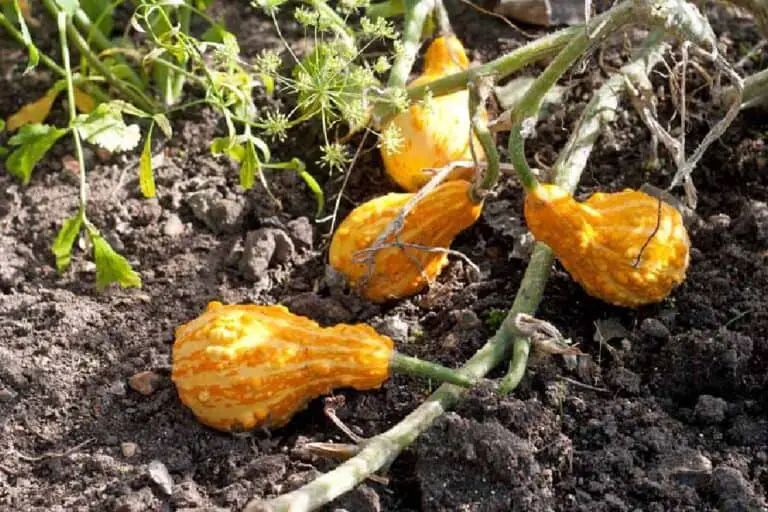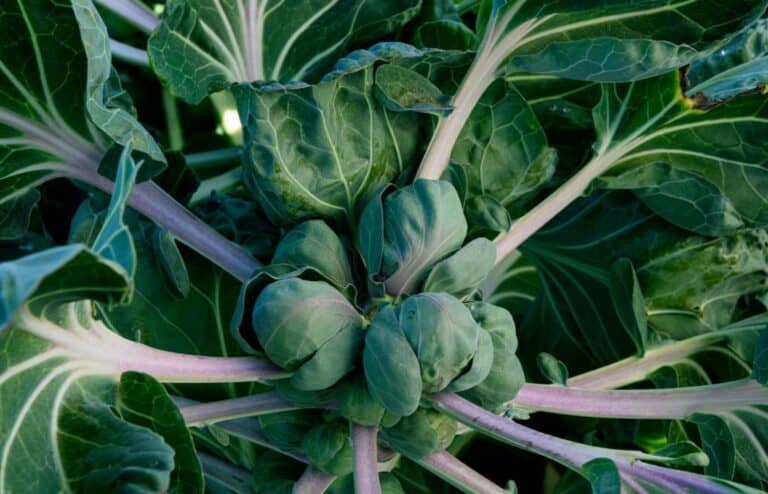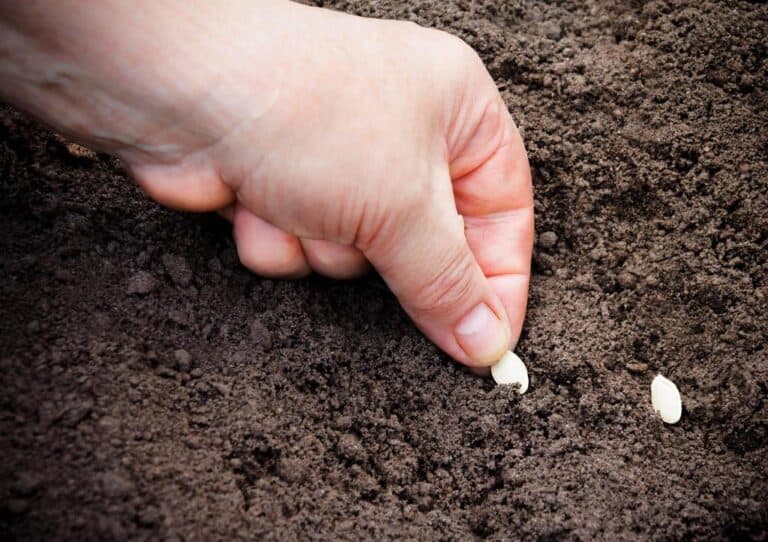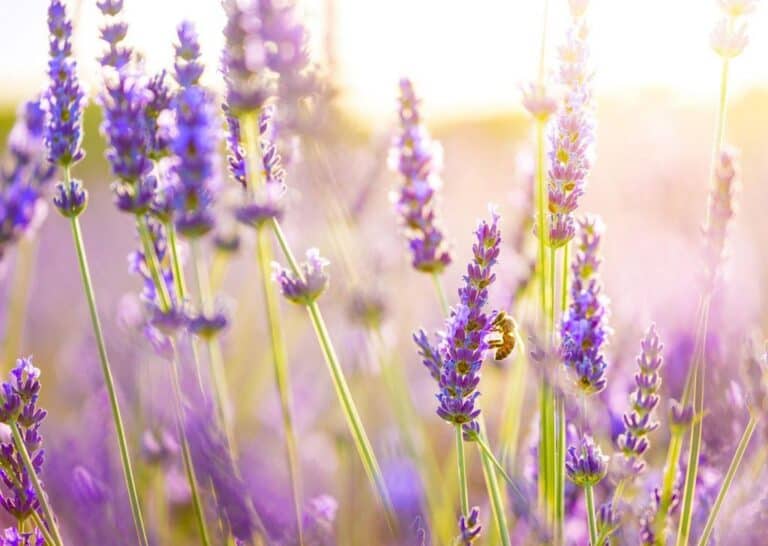Should You Prune Your Zucchini Plants? What Are the Benefits?

Zucchini plants, with their vibrant green leaves and bountiful fruit, have become a staple in many home gardens. These versatile veggies are a delicious addition to summer dishes. They work in stir-fries and on grilled skewers. But now, gardeners are faced with a dilemma – should they prune their zucchini plants? While some might think it unnecessary or even detrimental to the plant’s growth, others swear by the benefits of pruning.
Before diving into this debate about pruning zucchini plants, let’s first understand what these plants are. Zucchinis belong to the squash family and are characterized by their elongated shape and hardy vines. They thrive in warm climates where they can receive ample sunshine and plenty of water. With proper care and attention, these plants can produce an abundance of fresh produce throughout the growing season.
The practice of pruning zucchini plants has sparked discussions among avid gardeners for years. Some argue that pruning helps improve air circulation around the plant, reduces disease risk, and enhances fruit production. On the other hand, those against pruning claim it disrupts natural plant growth patterns and removes potential leaf surface area needed for photosynthesis.
We will talk about both sides of the argument about whether or not you should prune your zucchini plants as we go deeper into this subject. We will look at both science studies on the topic. We will also look at advice from gardeners who have used both methods and found them to work.
Are you new to gardening or want to boost your vegetable patch’s yield? Join us as we find new insights into this age-old question: Should you prune your zucchini plants? Let’s dig deeper together!
Factors to Consider Before Pruning Zucchini Plants

a. Plant size and growth habit
The first factor you need to consider before pruning your zucchini plants is their size and growth habits. Zucchini plants are known for their vigorous growth, often sprawling out across the garden bed with large leaves and long vines. If your zucchini plants have plenty of space to grow without interfering with other plants or structures in your garden, you may not need to prune them.
Pruning can help manage the size of the plant and restrict its sprawling nature. However, if your zucchini plants are already growing in a small space or if you have a limited garden area, it might be best to avoid heavy pruning. Pruning could stunt their growth or reduce their yield.
b. Garden space availability
Another key consideration is the available garden space. It is important when decide whether to prune your zucchini plants. If you have a smaller garden or limited raised beds, pruning can be beneficial in maximizing the use of vertical space rather than allowing the plant to spread horizontally.
You can create more room for other crops and improve airflow and sunlight by removing some lateral branches. Train the main stalk upwards along a trellis or support structure to do this.
However, if you have ample open ground or dedicated areas for trailing vegetables like zucchinis, then allowing them to sprawl without much pruning might work well for you. This is especially true if it allows easier access for harvesting.
In the end, plant size and space will decide if you need to prune.
Best Practices for Pruning Zucchini Plants
1. Explore different methods (pinching vs selective pruning)
When pruning zucchini plants, gardeners commonly use two main methods: pinching and selective pruning. Pinching involves removing the growing tips of the plant with your fingers or pruners. This method is often preferred for smaller gardens or containers where space is limited. By regularly pinching off zucchini’s first blossoms, you can encourage bushier growth and prevent the plant from sprawling too much.
On the other hand, selective pruning involves selectively removing specific branches or leaves from the plant. Some gardeners also get some results by cutting of zucchini flowers. This method is typically recommended for larger gardens where zucchini plants have ample space to grow horizontally.
2. Timing considerations
Timing is crucial when it comes to pruning zucchini plants. It’s generally best to start pruning once your zucchinis have reached a similar size as cucumbers – around 10-12 inches in length. At this point, the plants should already be established enough to handle some trimming without causing undue stress.
Also, if you see signs of disease or pests on your zucchini plants, address these issues before pruning. Pruning infected parts of a plant can spread pathogens. This can happen if the pests or diseases are not managed properly.
In terms of frequency, regular maintenance is key when it comes to keeping your zucchinis looking their best. For most home gardeners, a monthly prune should suffice during peak growing season. This time is usually mid-spring through late summer. But, prune more if you notice issues like overcrowding or serious leaf damage from pests or disease.
Common Mistakes When Pruning Zucchinis
a. Over-pruning:
The allure of a well-manicured garden can sometimes lead to overzealous pruning. Removing extra foliage may seem like a good way to boost air flow and prevent diseases. But, too much pruning can hurt the productivity of zucchinis.
Remember, leaves are energy factories for the plant. They convert sunlight into nutrients through photosynthesis. By cutting back leaves too much, you risk depriving the plant of its ability to make enough energy for fruit. Instead, focus on picking out damaged or diseased leaves. Also, keep a balance between leaf coverage and enough airflow.
b. Neglecting proper pruning tools and techniques:
Pruning zucchinis requires more than just grabbing any old pair of shears and hacking away at branches haphazardly. Improper tools or methods can cause unnecessary stress or damage to the plants, leading to stunted growth or even death in extreme cases.
Invest in a sharp pair of bypass pruners. They are made for delicate stems. Use them for clean cuts angled just above a bud or node. This is best for healing and regrowth.
Moreover, it’s essential to sanitize your tools before each cut. Do this by wiping them with rubbing alcohol or using diluted bleach. Use one part bleach to ten parts water if dealing with infected plants. Avoid tearing or pulling at branches, as this can create open wounds vulnerable to disease entry points.
Proper pruning techniques increase the odds of successful regrowth. They also reduce stress on your zucchini plants. This ultimately promotes better yields at harvest.
Tips for Maximizing Zucchini Productivity Without Pruning
a. Targeted Fertilization:
Pruning is often recommended to boost zucchini productivity. But, there are other ways that work as well and require less effort. One such strategy is targeted fertilization. Give your zucchini plants the right nutrients and the right time. This promotes healthy growth and maximizes their potential yield.
Firstly, it’s important to understand the nutritional needs of zucchini plants at different stages of their growth. During the early stages, when they are growing roots, a phosphorus-rich fertilizer can help. It promotes strong roots. They start producing leaves and flowers. Switch to a balanced fertilizer with equal amounts of nitrogen, phosphorus, and potassium. It will give them the nutrients they need for plant health.
Additionally, consider using organic fertilizers or compost to replenish soil nutrients naturally. These natural sources gradually release nutrients over time, providing sustained nourishment to your zucchinis throughout their growing season.
b. Correct Spacing and Plant Support:
Another way to maximize zucchini productivity without resorting to pruning is by ensuring proper spacing between plants and providing adequate support systems for their sprawling vines.
Zucchinis thrive when given enough space between each plant as overcrowding can lead to competition for resources such as sunlight, water, and nutrients. A general guideline is to allow about 2-3 feet of space between each plant in rows that are spaced approximately 3-4 feet apart. This not only helps prevent diseases caused by poor air circulation but also allows individual plants ample room for leaf expansion and fruit development.
Also, using trellises or cages to support your zucchinis can stop them from sprawling on the ground. There, fruits may rot or get damaged by pests. Vertical gardening methods keep the foliage off the soil. They also let light through the plant canopy. This leads to better air flow and less risk of disease. Ensure that your chosen support structures are sturdy enough to bear the weight of zucchini vines laden with fruits.
Conclusion: To Prune or Not to Prune: The Final Verdict
After diving into the world of zucchini plant pruning, it’s time to weigh the pros and cons and make a final recommendation. Pruning zucchinis has benefits. It increases air flow and cuts disease risk. But, it’s important to also consider the potential drawbacks. Pruning can be labor-intensive and may result in fewer fruits if not done correctly.
Those with small gardens or growing zucchinis in containers can use pruning. It will control the plant’s size and prevent overcrowding. Also, if you live in a humid area prone to fungal diseases, pruning can improve airflow. It can prevent problems.
But, if you have ample space for your zucchini plants to sprawl freely without crowding other plants, and your region has a dry climate with minimal disease pressure, unpruned zucchinis may thrive.
In the end, you should prune zucchini based on your preference and situation. Consider your specific garden setup, available time for maintenance tasks like pruning or training vines along trellises if desired,
and environmental conditions before making a decision.
In conclusion, it’s worth experimenting with pruned and unpruned methods. See how each impacts your productivity in YOUR garden







